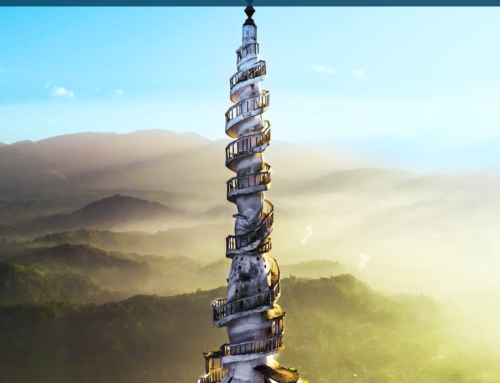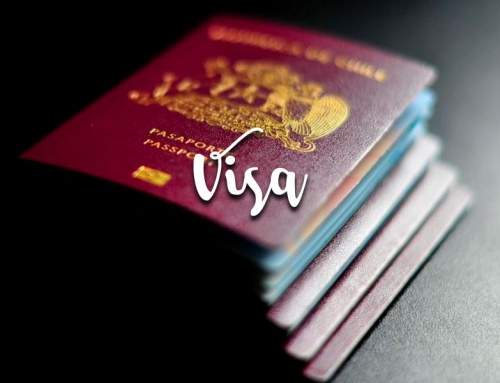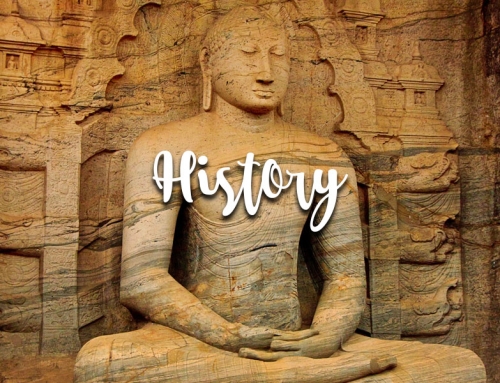Perched with symmetry of grace, Galle claims to be the capital city of the Southern region of Sri Lanka. With nudges from the Portuguese during the 16th century, Galle is still known to be the incomparable benchmark of a fortified city built by Europeans in South and South-East Asia. Many remnants of the Portuguese era pimpled in every nook and corner have now become a tourist flock after the scars remain.
Galle has long been a stopover for foreign travellers; Sindbad the sailor, the Chinese Admiral Cheng Ho, Marco Polo, the Portuguese Admiral Lorenzo de Almeida, the Dutch VOC company and even the first package tours in 1842 with the arrival of the first P&O passenger ship.
All have echoed Marco Polo’s sentiment that “it is the finest island of its size in all the world” and to which Mark Twain added; “my goodness! It is most sumptuously tropical!”. Although Galle may have had its heyday as a trading port, the city and its coastal environs have become the new riviera of choice, whilst still managing to maintain that time warp for the inquisitive traveler.

Sites of interest
Galle Fort Ruins: Galle was a major port from as long ago as 1400BC. Records indicate that Galle was a port known as Tarshish from which King Solomon drew valuables like ivory and peacock. During the Portugese invasion, the Portugese first made landing in Sri Lanka at Galle. They used it as their base and originated their attacks from that point. The Portugese built the initial fortifications with the watch tower, bastions and “fortalice” in the 1580s. The Dutch, who captured the fort from them in 1640, made improvements on the initial fort, so that it is as can be seen at present.
The Galle port and fortifications along with the little town that grew around it played a major part in the Dutch invasion. The town included administration buildings, warehouses, business houses and residential quarters, as well as a Protestant Church for the colonists and natives who had converted to Christianity. They also built an elaborate system of sewers that took the sewage out to sea. When the British took over the fort in the late 18th century the importance of the fort declined as Colombo was developed as a port.
Today, part of the old fort, which had been converted into a hotel during the British Era, remains as a hotel under the name Amangalla. Of the rest many important monuments remain along with the overgrown walls of the fortifications. The streets remember the eras of war and conquerers in the form of their vintage Dutch residences and Dutch street names. Galle is a wonderful place to holiday in with its interesting historical landmarks and beautiful beaches. The Galle old town and Fortifications are a UNESCO World Heritage Site.
Dutch Church: A monument of particular interest in the Fort is the Dutch Church dedicated in 1754. It was built on the site of a Portuguese Capuchin Convent and on an earlier Protestant, “Groote Kerk”, built in 1640. The present Dutch church as erected as a thank-offering by Gertruda Adrianna Le Grand, wife of the Commandeur Gasparus de Jong, for the long-prayed birth of a son.
The church merits half an hour of the visitor’s time and perusal. Within is an organ loft which once held a cumbrous Dutch organ, hatchments on the walls and engraved tombstones on the floor. Of great interest is the orthodox pulpit, the finest specimen found in any church in Sri Lanka, hexagonal in shape and of finely grained calamander wood with panels of satin wood.
RumassalaAccording to the legend of the Rama Rawana war, Rama’s brother Luxhmana was injured and Hanuman was sent to the Himalayas to fetch medicinal herbs. Hanuman forgot the name of the herb but he brought a chunk of the peak containing herbs.
Rumassala which is located close to the main harbor area is therefore an important marine archaeological site, while the watering point on Rumassala was important during the colonial period. The reef supports a number of traditional fishermen using traditional methods such as hook and line fishing. The reef and secluded beach is popular among locals for recreation and is visited by tourists from nearby areas.
Unawatuna Bay: Unawatuna bay provides safe swimming and snorkeling, protected as it is by a reef. Rhumassala Kanda is associated with the legend of the traditional Ramayana story. When the warrior Lakshman was wounded, a Himalayan herb was required for his cure and Rama despatched the Monkey-god Hanuman to fetch it. But Hanuman forgot the name of the herb, so to be on the safe side he tore off a hunk of the Himalayas, carried it on his back and dumped it, where it now ties! Galle is the sort of place from which one must take away a souvenir.
The visitor may make a pick of Galle lace, handmade, like the Brussels or the Honiton types. The shops of jewellers would entice the female of the species! Where but in Galle many visitors plunge their hands into a bucketful of limpid moonstones or the more precious and rarer of gems, the blue sapphire or the ruby! These can be beautifully set according to the whim or wish of the buyer.
Just some of the things to do in and around Galle:
- Take a Walking tour of the historic Galle Fort
- Visit key temples & churches
- Go shopping in & around Galle
- Snorkel in the coral reef off Wijaya Beach (Thalpe)
- Go Scuba diving in Unawatuna
- Try out your sea legs with some Deep-sea fishing
- Go on a River cruise
- Mountain bike riding with guide.
- Surfing & boogie boarding on nearby beaches.
- Visit a lowland tea estate.
- Engage in some water sports like Water-skiing and Windsurfing in Bentota.
- Visit Sinharaja Rainforest, a World Biosphere Reserve and World Heritage Site.
- Go on a Day safari to the Uda Walawe and Yala National Parks.
- Visit Lunuganga and Brief, the former country estates of Geoffrey Bawa and Bevis Bawa.
- Whale and Dolphin watching at Mirissa.
- Eat at one of Galle’s many boutique restaurants.
- Rummaging around the antique shops of Ambalangoda.







